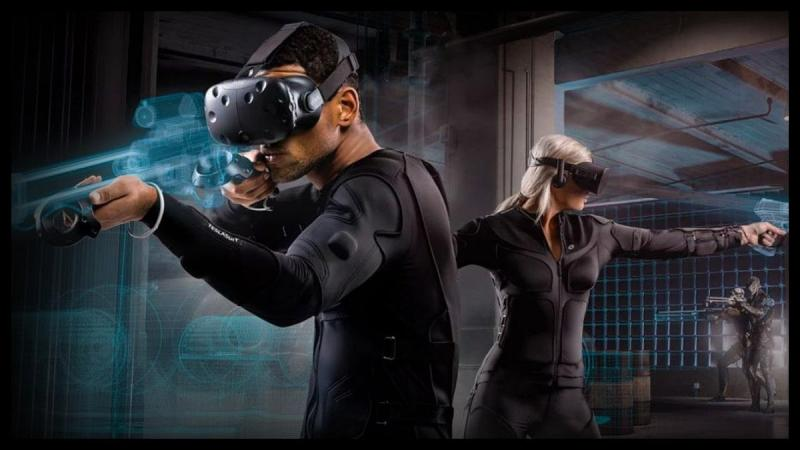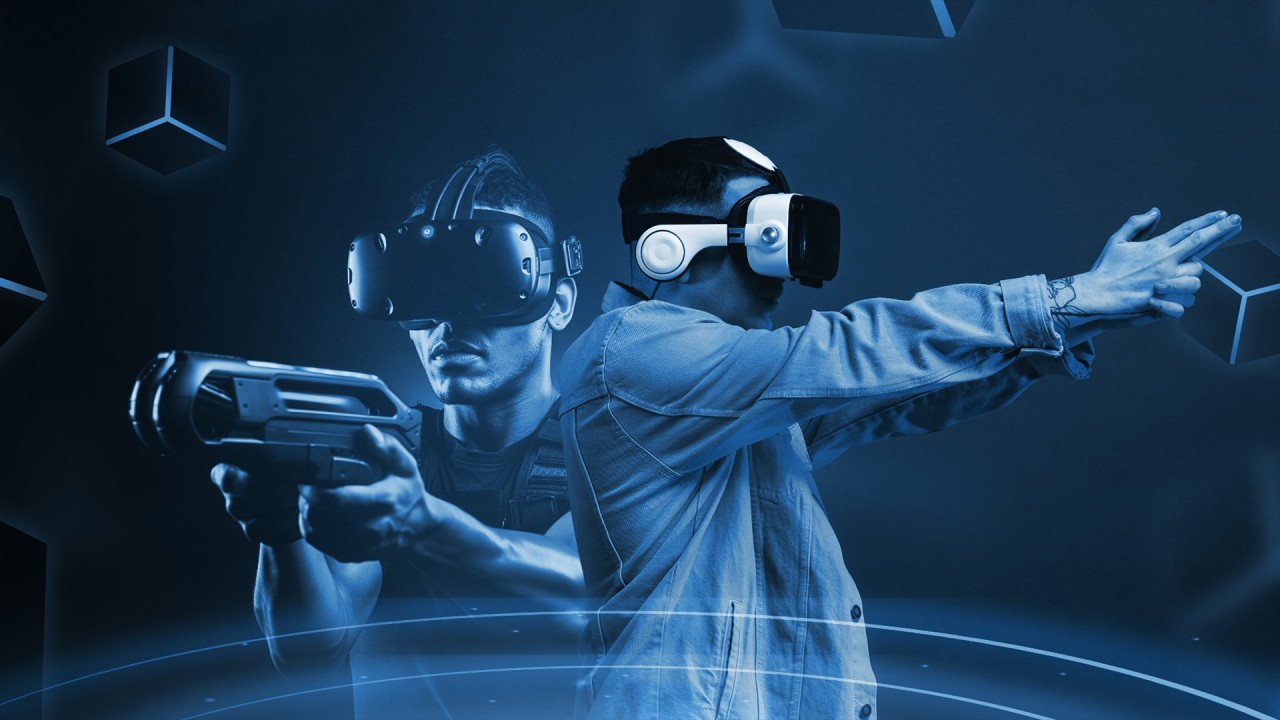Sim racing, or simulation racing, has rapidly evolved from a niche hobby into a recognized branch of esports. What once started with arcade-style games has transformed into hyper-realistic racing simulators that mimic every detail of real-life motorsport — from tire wear and fuel strategy to weather conditions and mechanical failures. Titles like iRacing, Assetto Corsa, and rFactor 2 have attracted professional drivers, engineers, and gaming enthusiasts alike, blurring the line between virtual and physical racing.
The COVID-19 pandemic accelerated sim racing’s legitimacy when global motorsport events were put on hold. Real-world Formula 1 and NASCAR drivers joined virtual races, streamed live to millions of fans. This exposure gave sim racing unprecedented credibility and highlighted the skill and precision required to compete at the top level. Major brands and sponsors quickly followed, funding leagues, offering cash prizes, and signing digital racers as official team members — turning virtual drivers into professional athletes.
Sim racing now plays a vital role in talent scouting and driver development. Racing teams are investing in virtual competitions to identify rising stars with raw talent, reaction speed, and racecraft. As technology continues to improve, the synergy between esports and motorsport will only grow stronger, positioning sim racing as one of the most innovative and technically advanced segments of the esports world.






